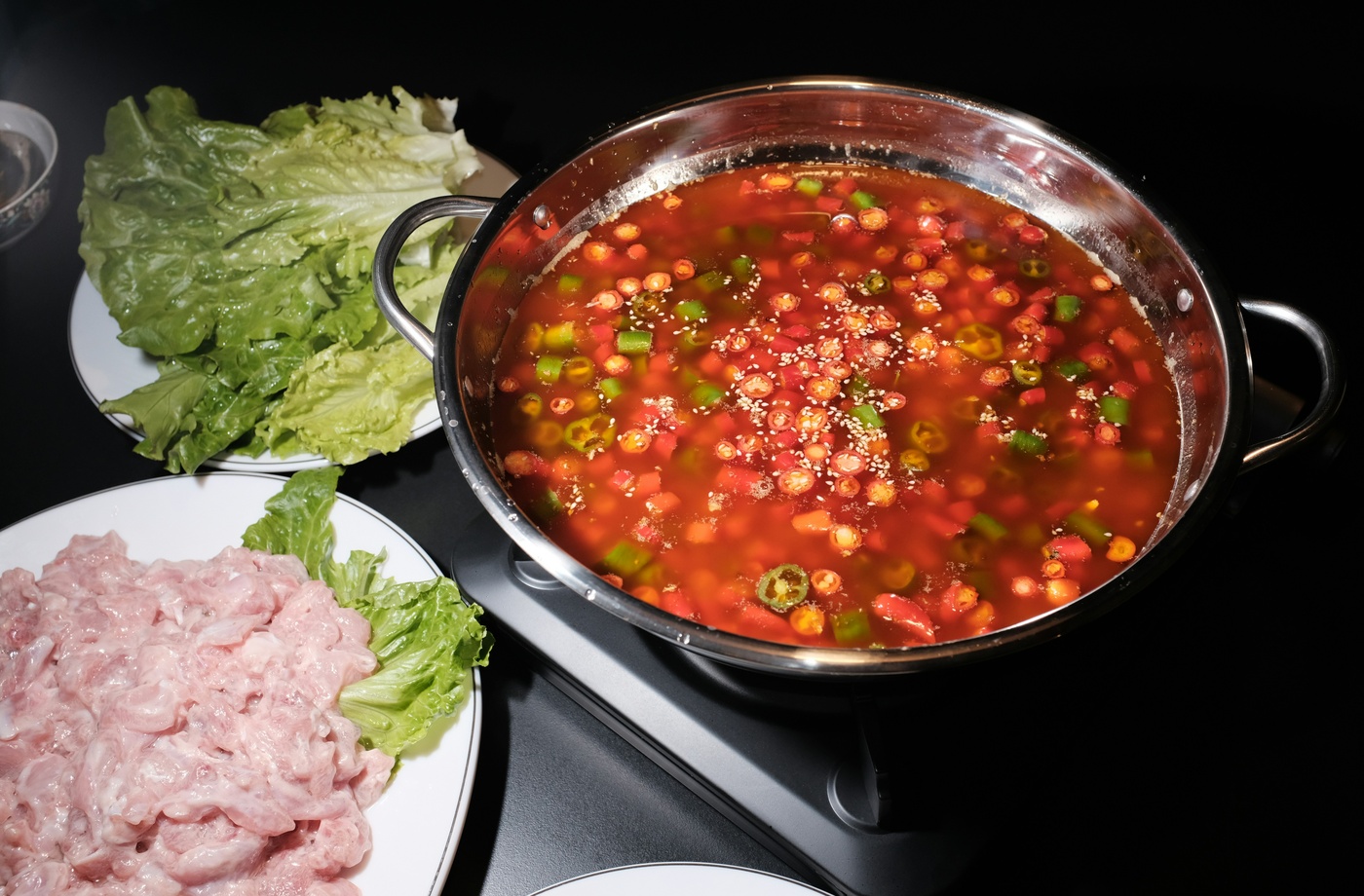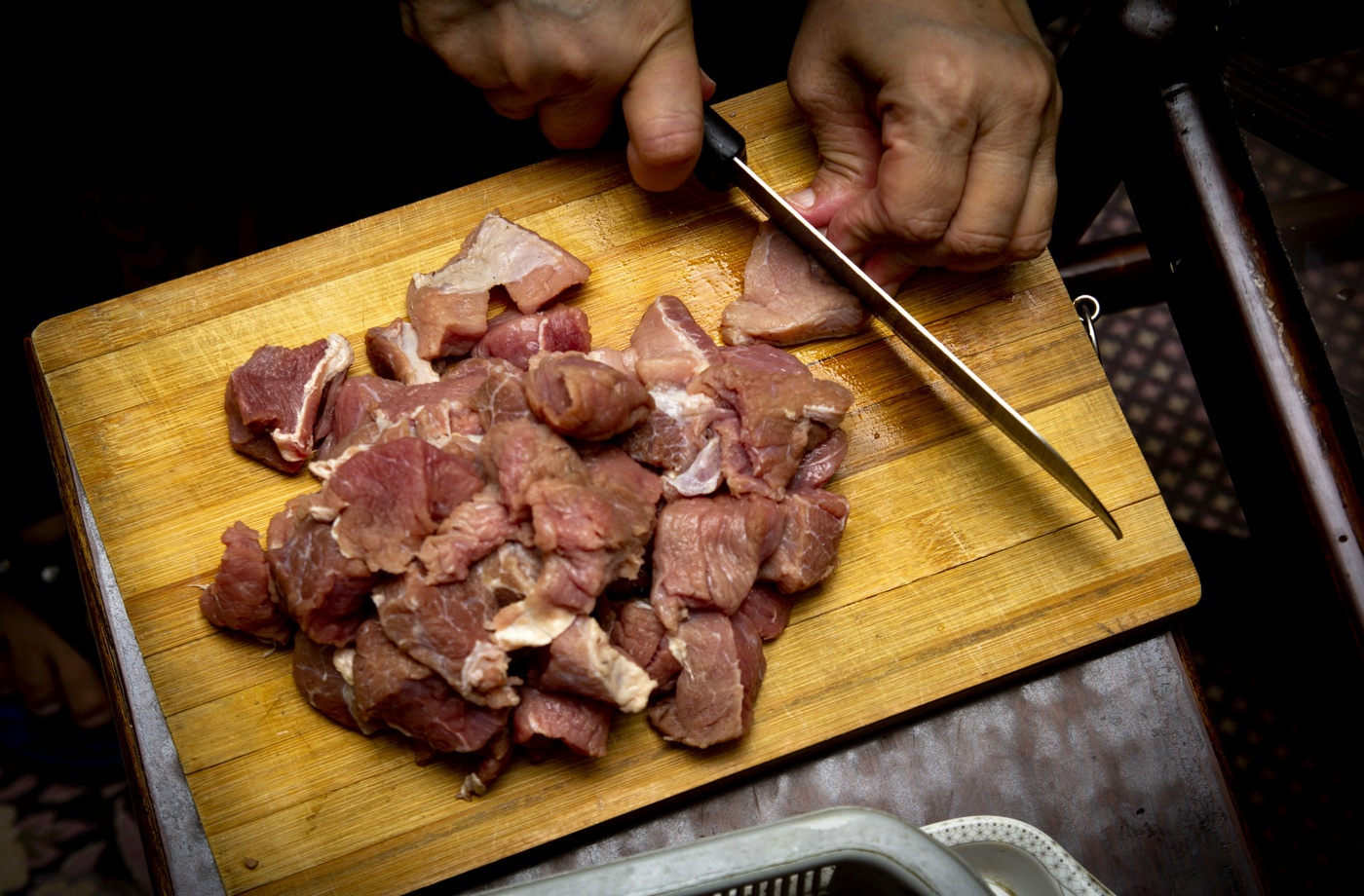Hotpot is one of Asia’s most beloved dining traditions, but not all hotpots are created equal. Across China, Japan, and Korea, each culture brings its own ingredients, cooking styles, and dipping rituals to the table. Whether you’re a spice lover, broth purist, or ingredient adventurer, understanding the differences between these styles can help you decide which type of hotpot best suits your cravings.
Chinese Hotpot: Bold, Spicy, and Customizable
Arguably the most popular and widely known version globally, Chinese hotpot (火锅, huǒ guō) is celebrated for its rich broths, variety of ingredients, and build-your-own sauce stations.
- Broth Styles: The most iconic is the Sichuan mala broth, known for its numbing heat from Sichuan peppercorns. Milder options include mushroom, tomato, and herbal bases. Many restaurants offer divided pots for multiple broths.
- Popular Chains: Haidilao, Little Sheep, and The Dolar Shop
- Ingredients: Thinly sliced lamb and beef, tofu, mushrooms, lotus root, and various types of noodles
- Sauces: Build-your-own with soy sauce, sesame oil, sha cha, chili oil, garlic, cilantro, and more
- Experience: Social, interactive, and intense in flavor—perfect for groups who enjoy bold food
Japanese Hotpot (Shabu-Shabu & Sukiyaki): Clean and Delicate
In Japan, shabu-shabu and sukiyaki are the two main hotpot styles, both offering a more minimalist, ingredient-driven approach compared to their Chinese counterpart.
- Broth Styles: Shabu-shabu uses kombu (kelp) broth—light and clean—while sukiyaki simmers meat in a sweet-salty soy and mirin mixture
- Popular Chains: Shabuya, Shabu Shabu Macoron (NYC), and Mo-Mo-Paradise
- Ingredients: Wagyu beef, napa cabbage, enoki mushrooms, carrots, tofu, and udon noodles
- Sauces: Ponzu (citrus soy) and goma (sesame dipping sauce) are staples
- Experience: Elegant, calming, and focused on ingredient quality—great for couples or smaller gatherings
Korean Hotpot (Jeongol & Budae Jjigae): Hearty and Rich
Korean hotpot, especially jeongol and budae jjigae, blends traditional Korean flavors with a stew-like format. It’s less about dipping and more about cooking everything together in a flavorful base.
- Broth Styles: Anchovy, kimchi, and gochujang-based broths are common, often spicy and savory
- Popular Dishes: Budae jjigae (“army stew”) mixes ramen, spam, sausage, tofu, and vegetables
- Ingredients: Tofu, spam, mushrooms, rice cakes (tteok), seafood, and greens
- Sauces: Often minimal—gochujang or ssamjang on the side
- Experience: Comforting, filling, and often communal—a go-to for late-night meals or casual get-togethers
Make It at Home or Save When Dining Out
You can enjoy any of these hotpot styles at home with ingredients from H Mart, 99 Ranch Market, or online grocers like Weee!. Hosting your own hotpot night? Cashback apps like Ibotta and Rakuten can help you save on ingredients. If you’re dining out, consider using a digital gift card purchased from Fluz to earn cashback at hotpot restaurants like Haidilao and others.
One Tradition, Many Tastes
Whether you prefer the bold spices of Sichuan, the simplicity of Japanese broths, or the rich, stew-like comfort of Korean hotpot, there’s a version out there for everyone. Explore, taste, and discover your favorite flavor path—because hotpot isn’t just a meal, it’s a cultural journey.



